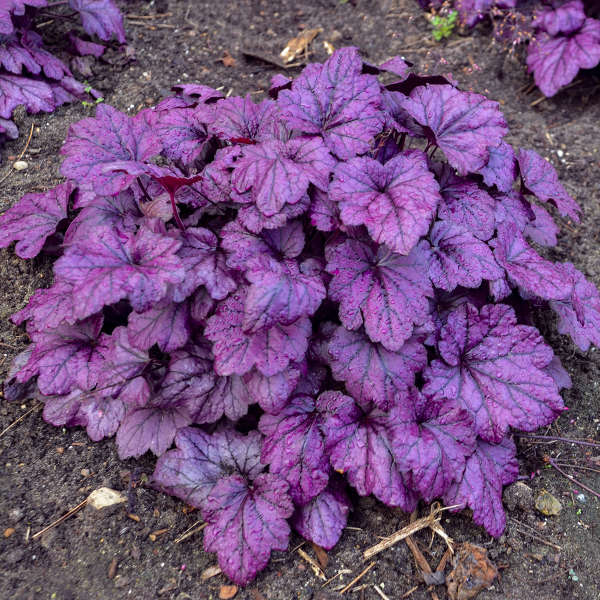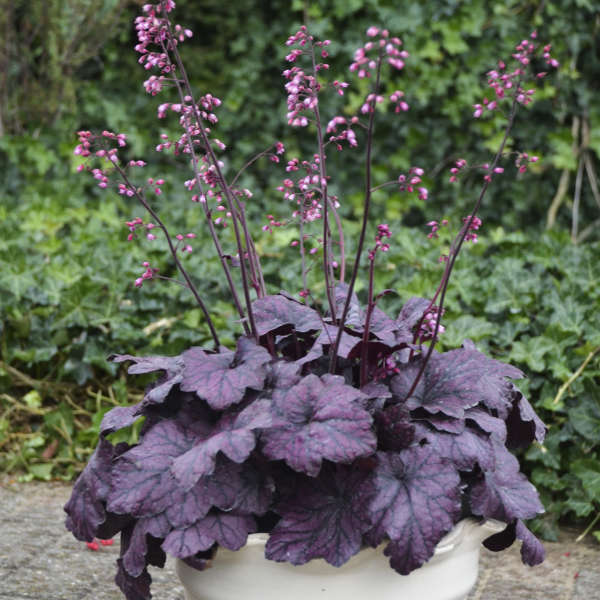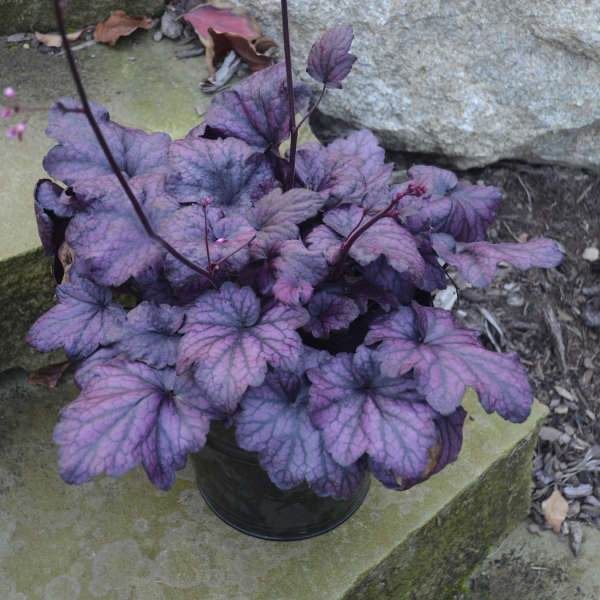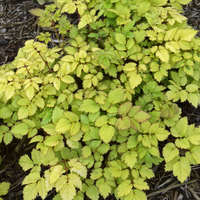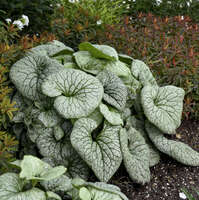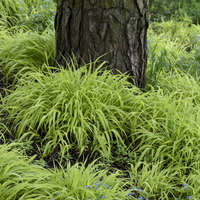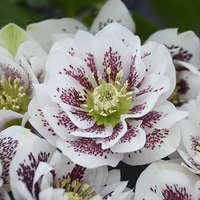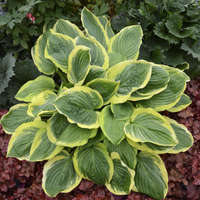Heuchera 'Electric Plum' PP29924

Common Name: Coral Bells
The foliage on this Heuchera is so bright, it’s electric! New leaves emerge near black and lighten to an intense purple with dramatic black veining. Dainty, bright fuchsia pink flowers are produced on near black stems, with a color intensity that matches the awesome foliage. Compared to the popular ‘Grape Expectations’, ‘Electric Plum’ has a brighter purple foliage color, more attractive flowers, and improved floral performance. Growers will appreciate that this Heuchera does not require vernalization to bloom, although it is beneficial.
This plant is a Heuchera villosa hybrid. The H. villosa species is a large, late blooming type that exhibits an increased tolerance of high heat and humidity over other species. Most produce cream flowers in midsummer, though they are grown more for their fantastic foliage. H. villosa is native to the southeastern United States.
Coral bells are easy to grow and blend easily with most other perennials in the landscape. Because of their low, mounding habit, they are often used as edging along paths or in containers. Try cutting a few of the tall flower scapes for fresh bouquets.
20ct Plug Tray |
72ct Plug Tray |
